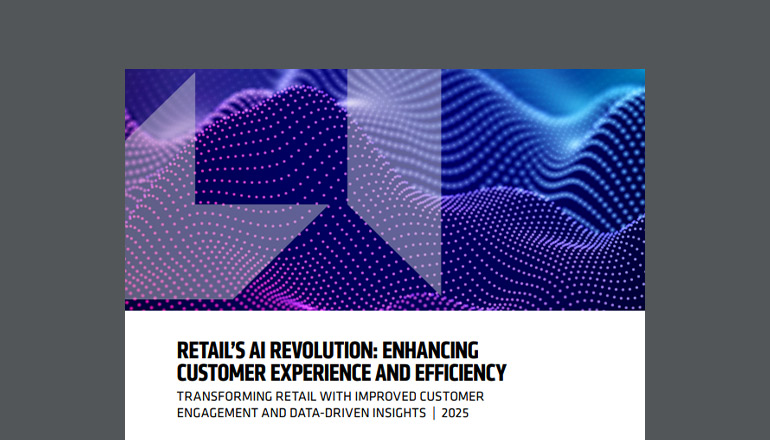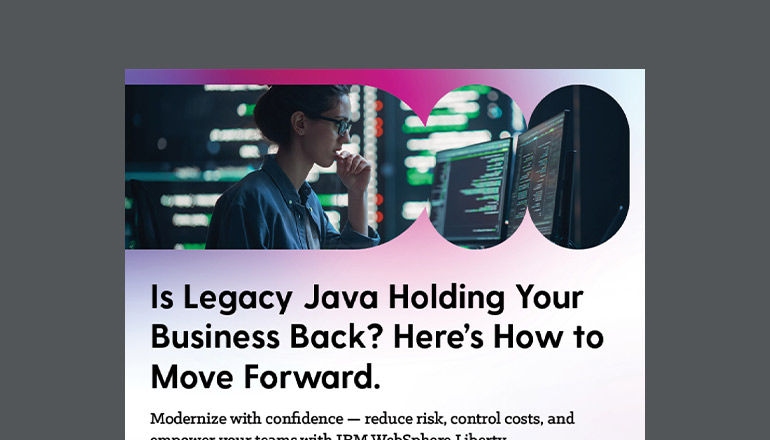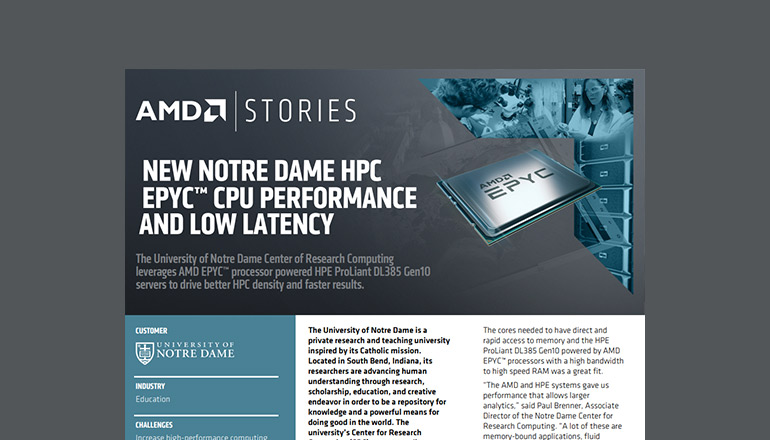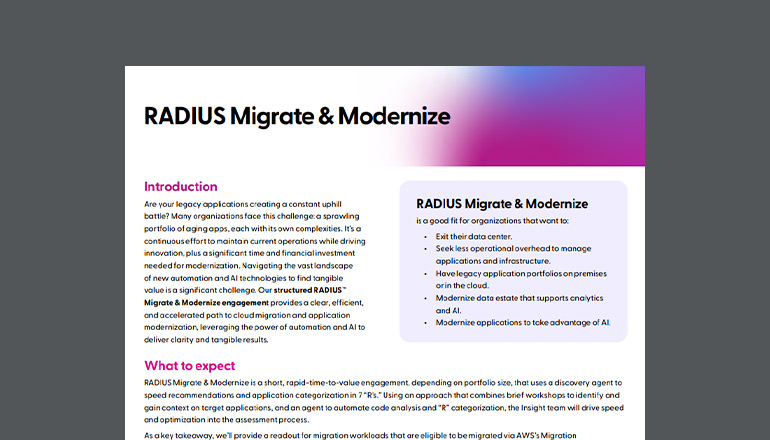Client story Delivering a Unified User Experience With Agile for Retail Giant
A national retailer with thousands of locations wanted to streamline application development and deliver a consistent, quality user experience to all employees.
By Insight Editor / 7 Dec 2019 / Topics: DevOps Application development Customer experience

Facts at a glance
Client industry:
Retail
Size of company:
Approximately 3,000 locations and 500,000 employees
Challenge:
Independent business units and development teams had created a siloed and inefficient application environment poorly suited for fast development and a modern user experience.
Solution:
- Unified design pattern and vision
- Mobile reference architecture
- Pattern library
- Agile transformation
Results
- Aligned business objectives with user needs
- Accelerated development and time-to-market
- Established repeatable processes
Solution area:
Insight’s Digital Innovation solutions help clients incorporate emerging tech into their business operations to improve the customer experience.
After years of developing homegrown and highly customized applications across dozens of business units, a large retail corporation wanted to streamline processes and unify the User Experience (UX) for its employees.
Countless Insight team members had assisted the client’s IT organization with accelerator and innovation projects for more than two decades. This foundation of trust and partnership gave the client the confidence to turn to Insight’s team for support in modernizing its approach to application development and management.
A “wild west” of applications
The project began with a simple question, “What could Insight do to solve a rampant, siloed application environment?”
With thousands of retail locations across the country, the company relied on devices and hundreds of in-store applications for inventory management, point-of-sale functions, virtual shopping and more. Each one varied at least somewhat in terms of its User Interface (UI), look and feel.
This disjointed application environment not only delivered an inconsistent user experience but posed challenges for application developers. Without a common framework to use, developers were essentially “reinventing the wheel” to build new applications and making ad hoc decisions that were not always particularly effective — or right for the brand.
Setting the stage for a unified user experience
To define what was needed, we engaged in a thorough discovery process. Together with the client, members of our Digital Innovation team reviewed the components of the company’s existing application environment: colors, fonts, patterns, intranet (SharePoint), on-premises and in-store applications, interactive interfaces, devices (mobile, tablet, desktop) and development languages.
We sought answers to several questions:
- What are developers currently using to build?
- What are the known requirements? And what would be ideal to have in place, but is missing at present?
- How are users interacting with applications?
- How is each language and platform performing?
- What patterns, codes and views does each language need to enable fluid context switching?
By clarifying specific operational attributes, shortcomings and objectives, the Insight team set the stage for rapid transformation.
Streamlining and unifying the user experience with Agile
Using established processes and unique information about the client’s application environment, we developed and delivered wireframes, personas and user journeys.
The Insight team created a new mobile reference architecture and pattern library around Android. This drove fast value for both developers and end users, as most in-store associate devices deployed throughout the company were powered by the Android platform.
We expanded to include iOS, HTML, React, Angular and Xamarin frameworks for application development to ensure flexibility and reliable UX/UI across the company.
By adopting an Agile framework, the client can reap numerous technical and strategic benefits. Development teams will be able to build faster and more cost-effectively. Automations and continuous delivery will be easier to implement. And, end users can be more productive and efficient thanks to a unified user experience across devices and interfaces.



